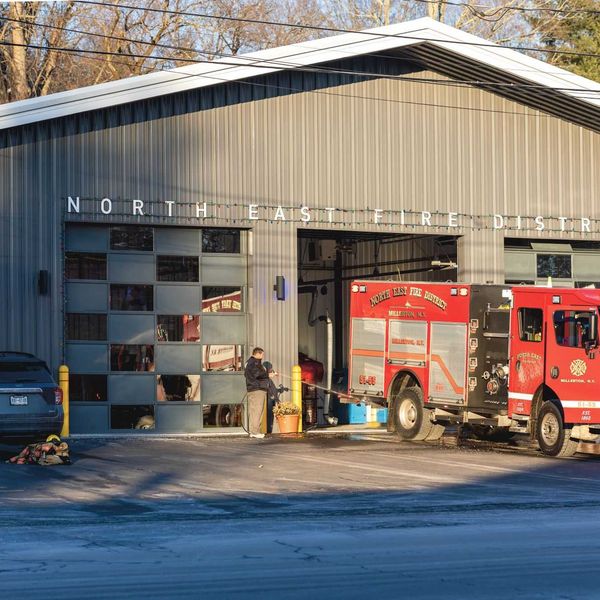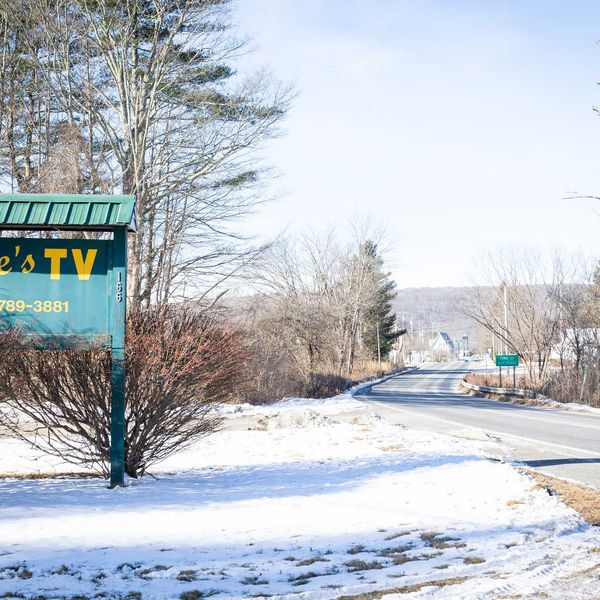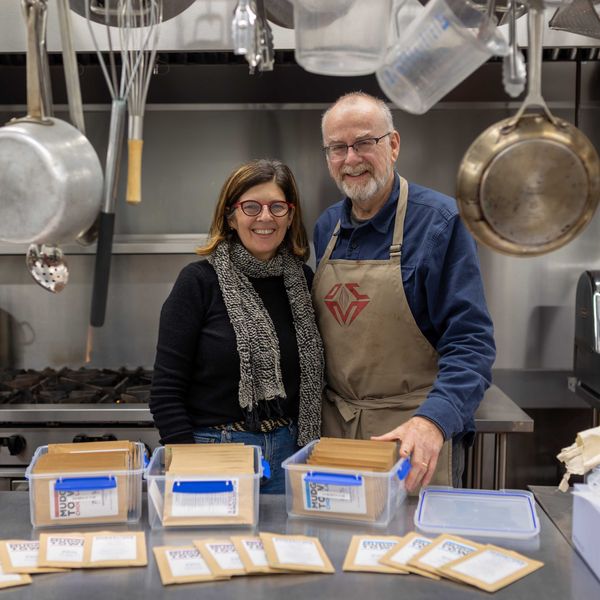Salisbury group seeks input, approval for access to proposed housing over town-owned Rail Trail

Peter Halle, co-president of the Salisbury Housing Committee, left, at the East Railroad Street site with donor Jim Dresser. Photo by Debra A. Aleksinas





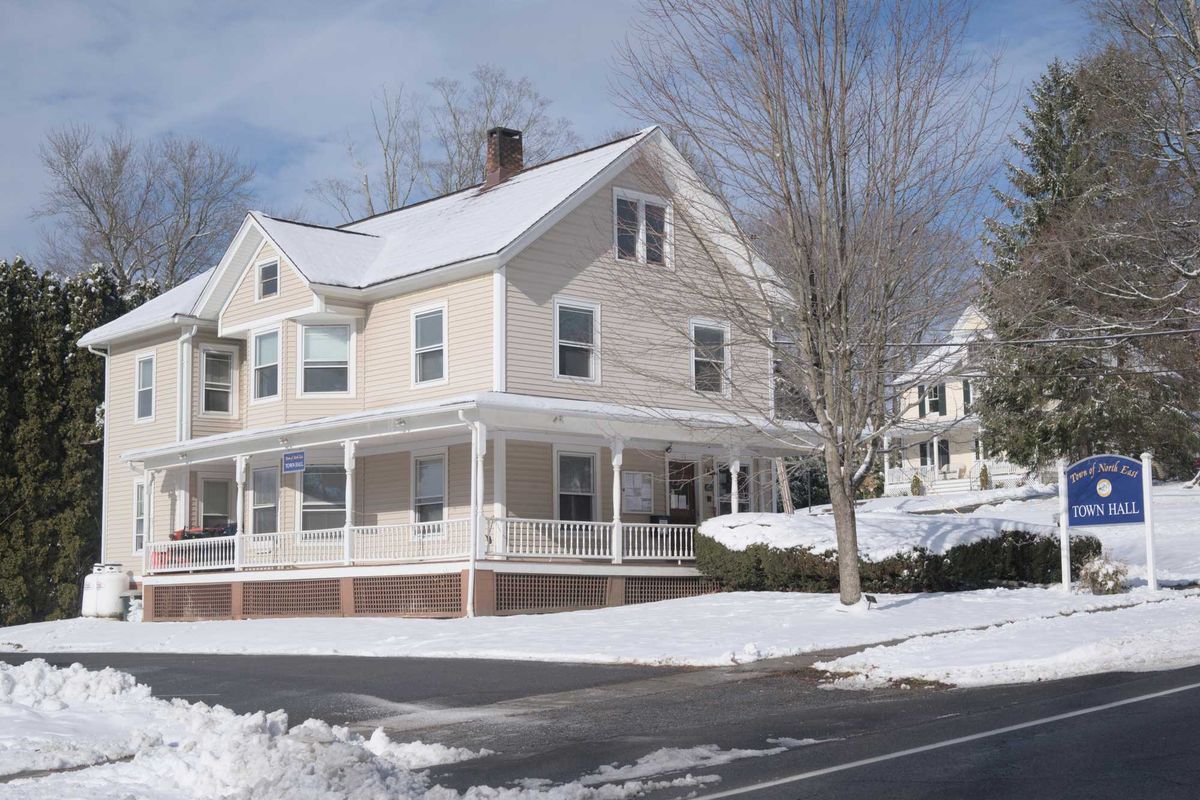
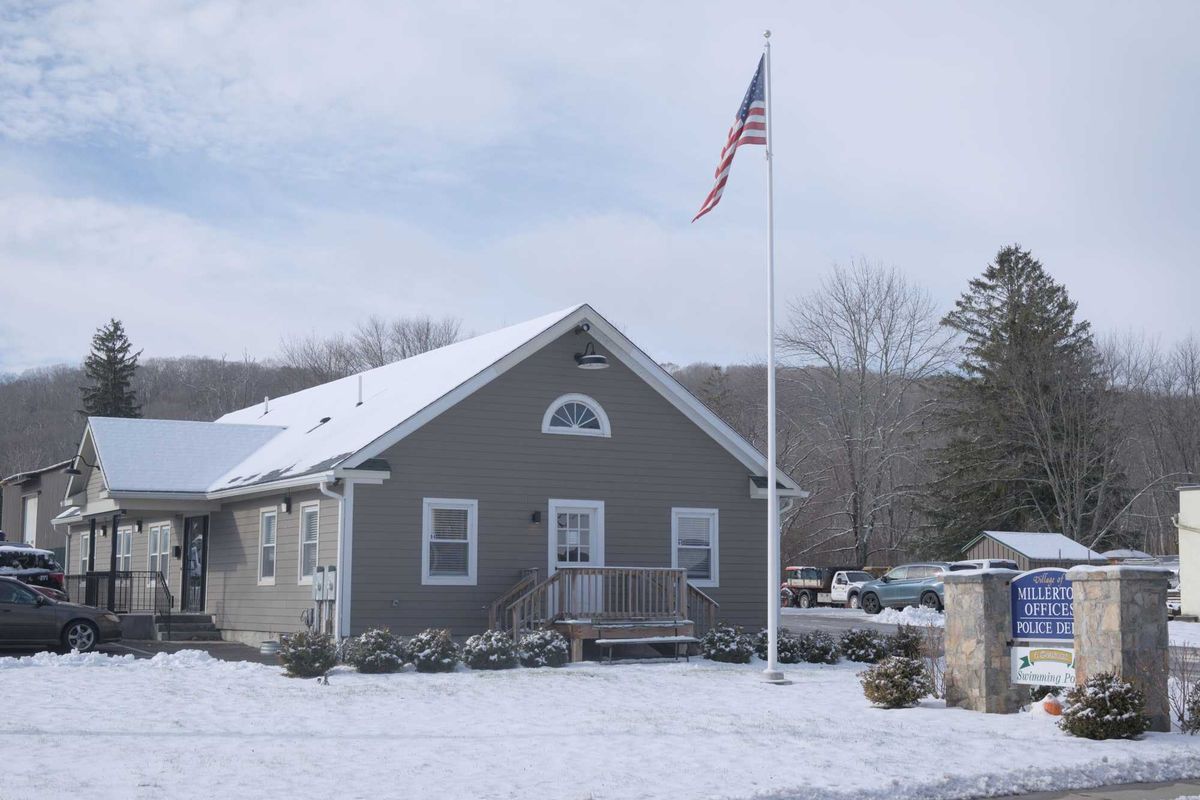
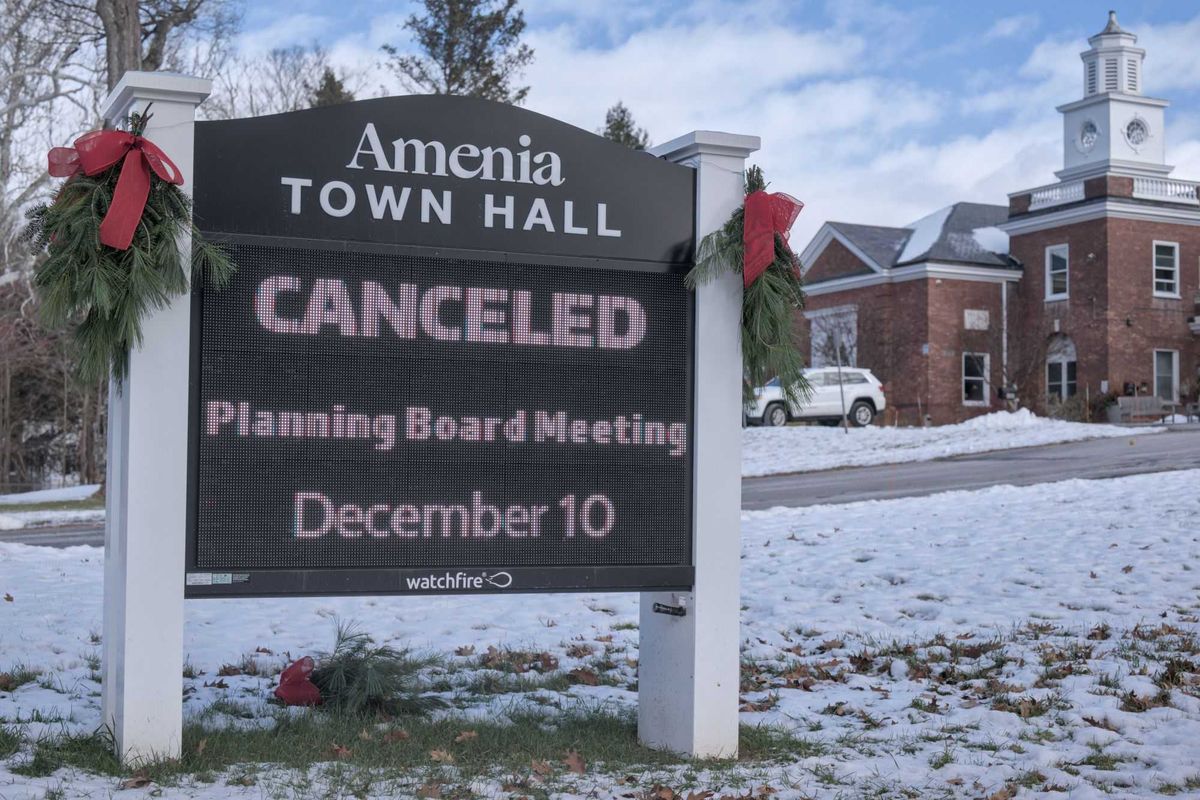
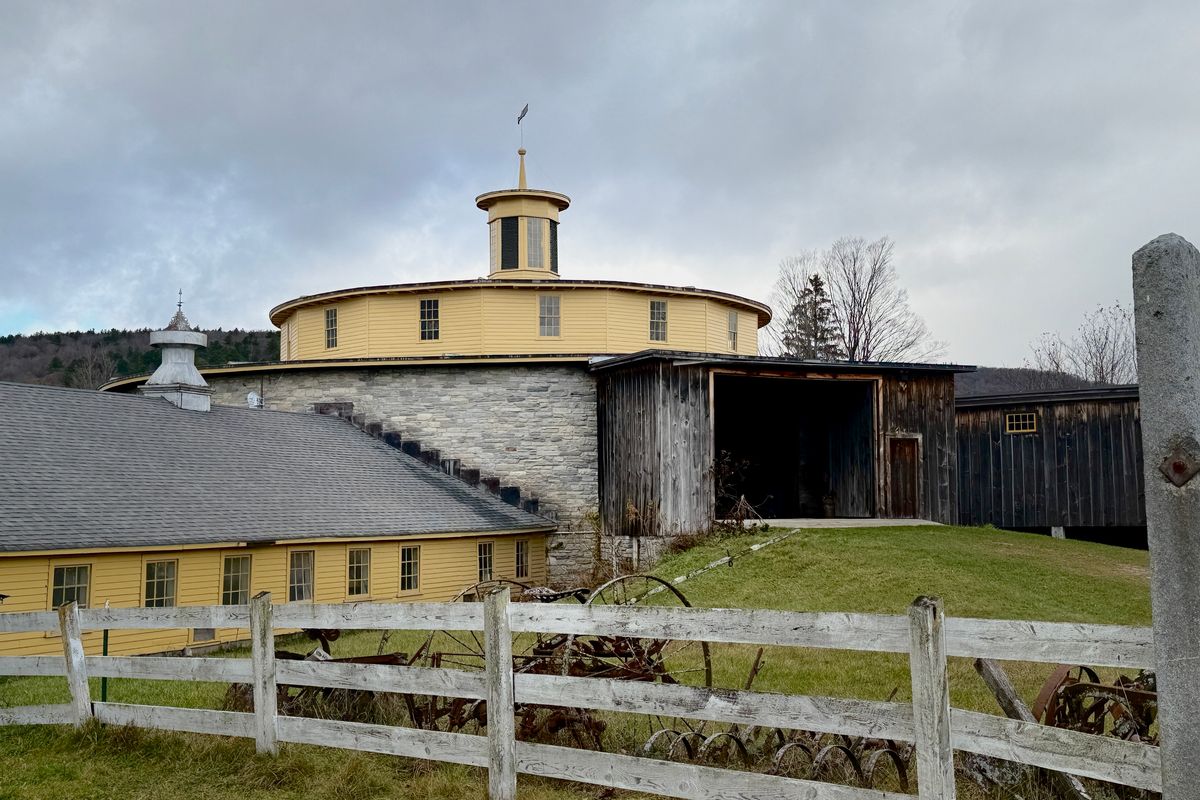
 Shakers referred to their farm as the City of Peace.Jennifer Almquist
Shakers referred to their farm as the City of Peace.Jennifer Almquist

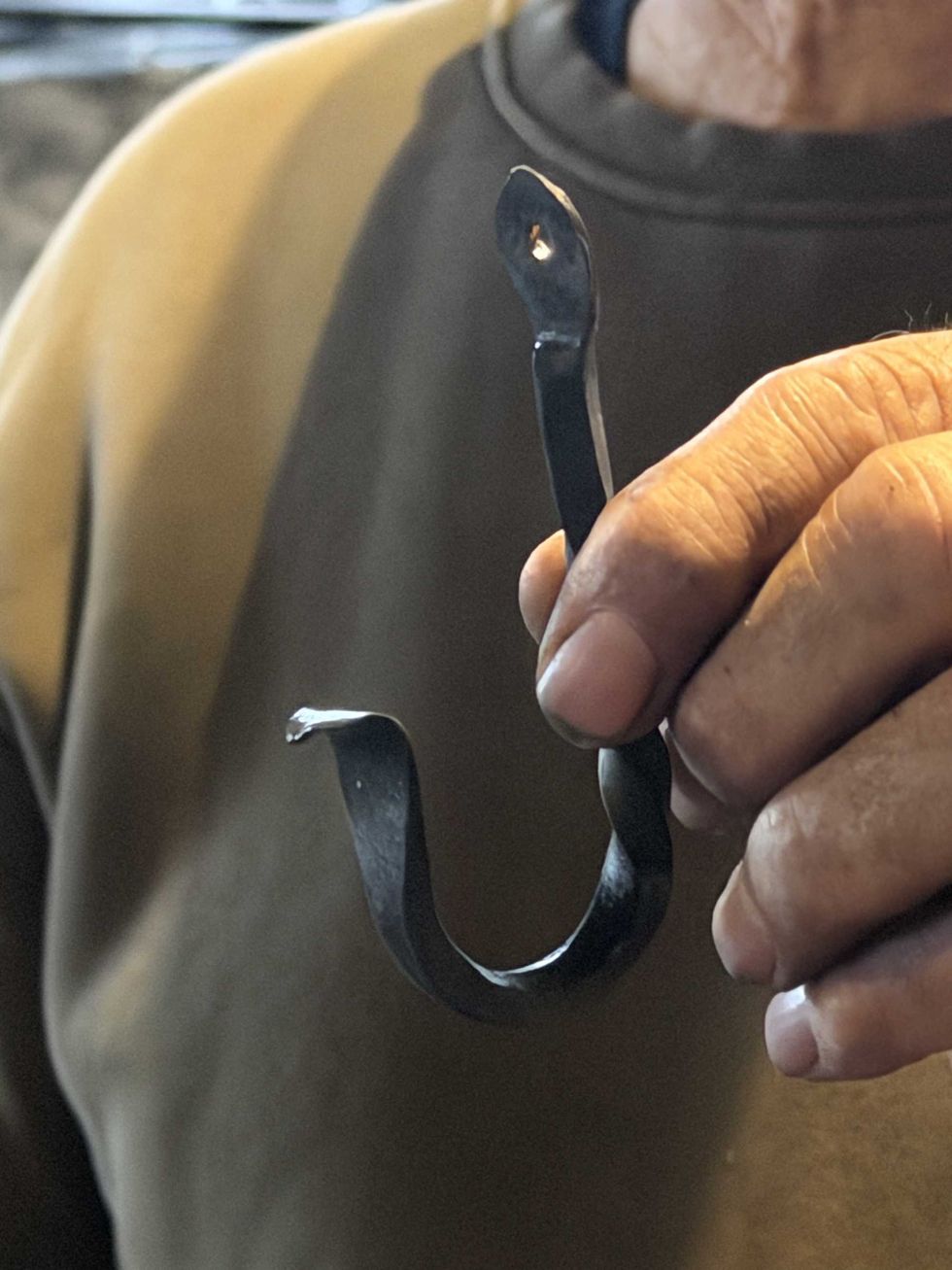
 A Shaker chair.Jennifer Almquist
A Shaker chair.Jennifer Almquist The Shakers embraced practical designs of great utility and beauty.Jennifer Almquist
The Shakers embraced practical designs of great utility and beauty.Jennifer Almquist

